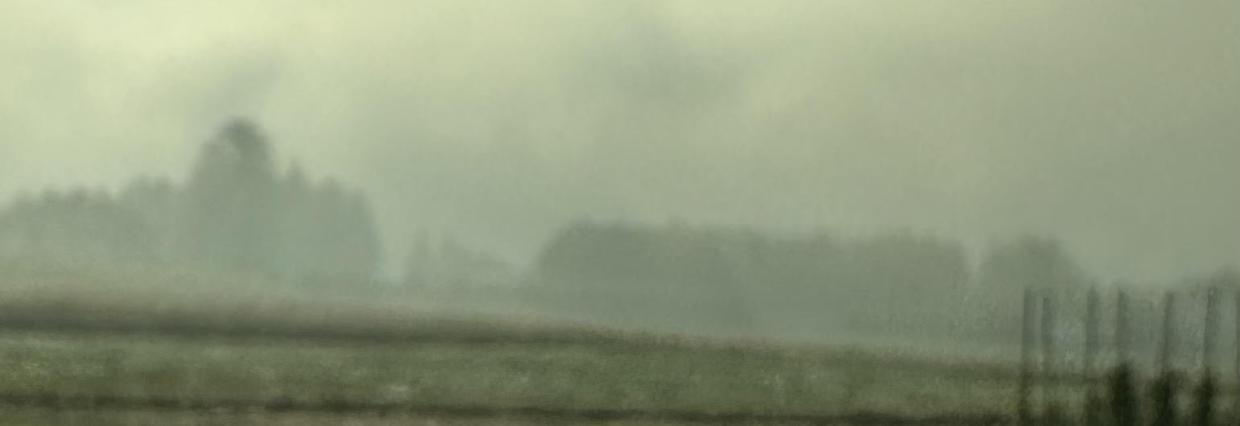
… and the Earth along. Tales about the making, remaking and unmaking of the world.
This book project began with the question of what can be told and storied, known and understood when thinking about the world and life and their entanglements with the elements and natural phenomena. It started with three: fire, steel, and particles. On the one hand, these roughly subsume the history of human civilisation and can be used to trace how humans conquered the world. At the same time, read in a planetary perspective and in different cultural contexts, these elements and phenomena offer a perspective on the Earth and its inhabitants through narratives, histories, and resonances not only of western ideas of “progress” and enlightenment, but also of domination and control, conquest and subjugation; and they offer the chance bring different epistemologies and knowledges into dialogue.
Yet, all three elements also reveal the pharmacological conditions of life: fire keeps us warm, but can also destroy homes; steel can be used to build a ship, but also to make deadly weapons; particles bear the promise of endless energy, but they also bring life-threatening radiation. Not least, all three are deeply implicated in colonisation and imperialism, in violence and war, and have become so in the histories of western-style rationalism, science, and technology, and its planetary domination.
This book's ambition is to bridge imagination and knowledge, to open up discursive and epistemological boundaries, and to construct in-between spaces for the interaction of different histories, presents, and possible futures that exist ‘behind’, ‘beyond’ or ‘on the other side of’ the dominant ways of knowing and interpreting.
It is an attempt to make you/one/us think about what makes the world, and how: what makes it worth living in, what makes it worth trying not just to understand, but to give it meaning, and how (particularly in the times of planetary crises).
We are therefore seeking contributions from scientists and artists of different backgrounds: physicists and writers, biologists, astrophysicists and anthropologists, political scientists, mathematicians and poets and painters, digital artists and photographers (for every and there is an or, too).
We would like to invite you to read the introductory essay at Internationaleonline.org for inspiration or contestation. And to think not just about how fire, steel, or particles make, unmake and remake the world, but also about how rivers, lakes, seas, plastic, wood and forests, air, mycelia, coal, wind, steam, electricity are all part of stories, socio-natural processes, innovations, detours, failures, discoveries.
We encourage you to propose a contribution in the form of a research article, a speculative (or not) essay or a poem, a short story or any kind of visual intervention, be it a photo, a drawing (for every or there is an and, too). To empower the intersections between different forms and genres, different approaches and thematisations, here are some questions that may help:
- How are elements and materials entangled in human and non-human histories?
- What can we know of the world by reading it through elements and through the entanglements?
- How does the use of the various elements and materials affect the relationship to the world?
- How can the elements be used to address the climate crisis?
- What is the nature of violence, war and conflict in various ways of engagement with these elements?
- What comes after extractivism?
- How do we mitigate the pharmacological effects of various uses of elements and materials?
- What worlds may emerge from the pharmacological entanglement?
Within the limits of the print format, this book thus hopes to offer a space for thinking about and engaging the processes – of extraction, violence and unmaking; of building and rebuilding and remaking; of creating, recreating, and changing; of conquering and subordinating – and the relationships that exist between humans, non-human animals and the earth, its minerals and soils, the elements, materials, and socio-natural phenomena.
If you find this intriguing enough to engage and contribute, please send your ideas (up to 500 words abstract and a short bio) to martin.pogacar@zrc-sazu.si by 1 March 2024.
>> Deadline extended until further notice.
